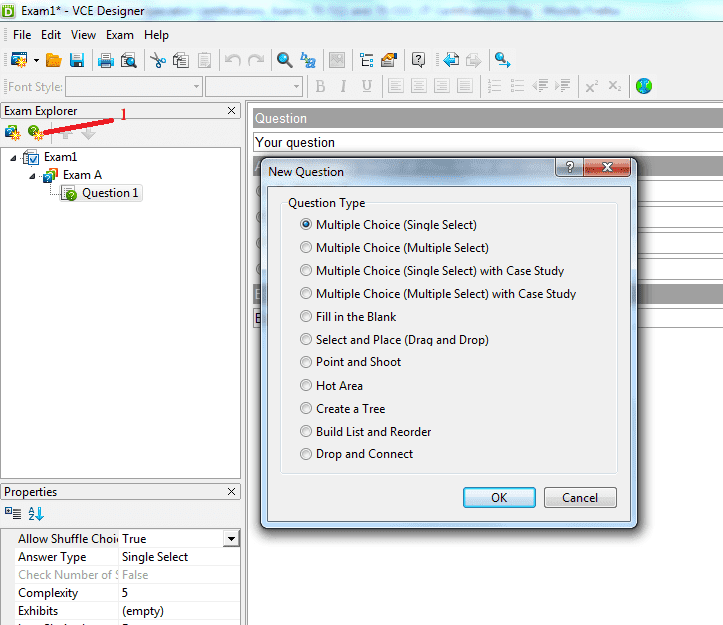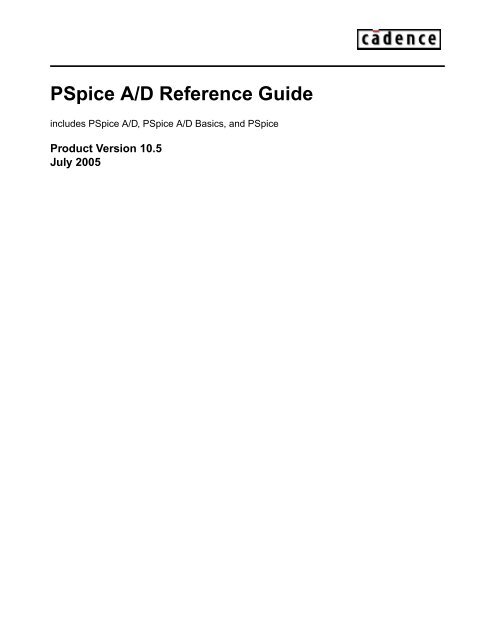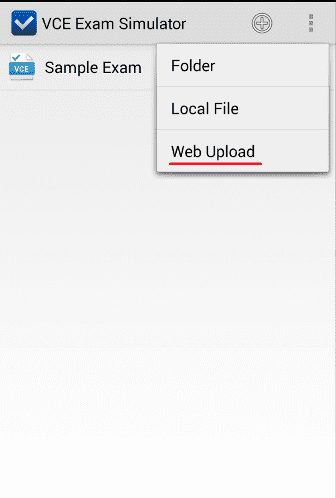


When appropriate, drag–and–drop is well understood, and quickly adopted by users. In some situations, alternative interactions can replace drag-and-drop completely on mobile, for example, using menus to move a file to a different folder can be less error-prone than drag-and-drop. In many cases, the downsides of drag–and–drop can be addressed by an accompanying more-precise interaction for example, dragging a shape in Photoshop can get it to the general desired area, and then arrow keys can be used to precisely position it. During usability testing, observe if users attempt to drag–and–drop objects (but don’t ask them about it directly). Thus, it often results in errors - the user drops an item in the wrong spot, and has to start all over again.īecause it is inherently a tricky physical interaction, understand your users’ mental model for the action that it will implement to make sure that they expect to use it.

The downsides to drag–and–drop are that it can be inefficient, imprecise, and even physically challenging, especially over long distances: if they run out of room, users might need to reposition their mouse or adjust their finger on a touchscreen. For many operations, drag–and–drop makes the actions visible and immediate and can thus improve usability. The classic example is dragging a file icon to the trash icon and dropping it there, causing the corresponding file to be deleted. But the movement may also trigger a full command. Or, moving a circle in a drawing program changes the look of the picture being drawn. For example, moving a column divider to the right makes that table column wider. The outcome of all these steps may simply be that the object has been relocated.



 0 kommentar(er)
0 kommentar(er)
